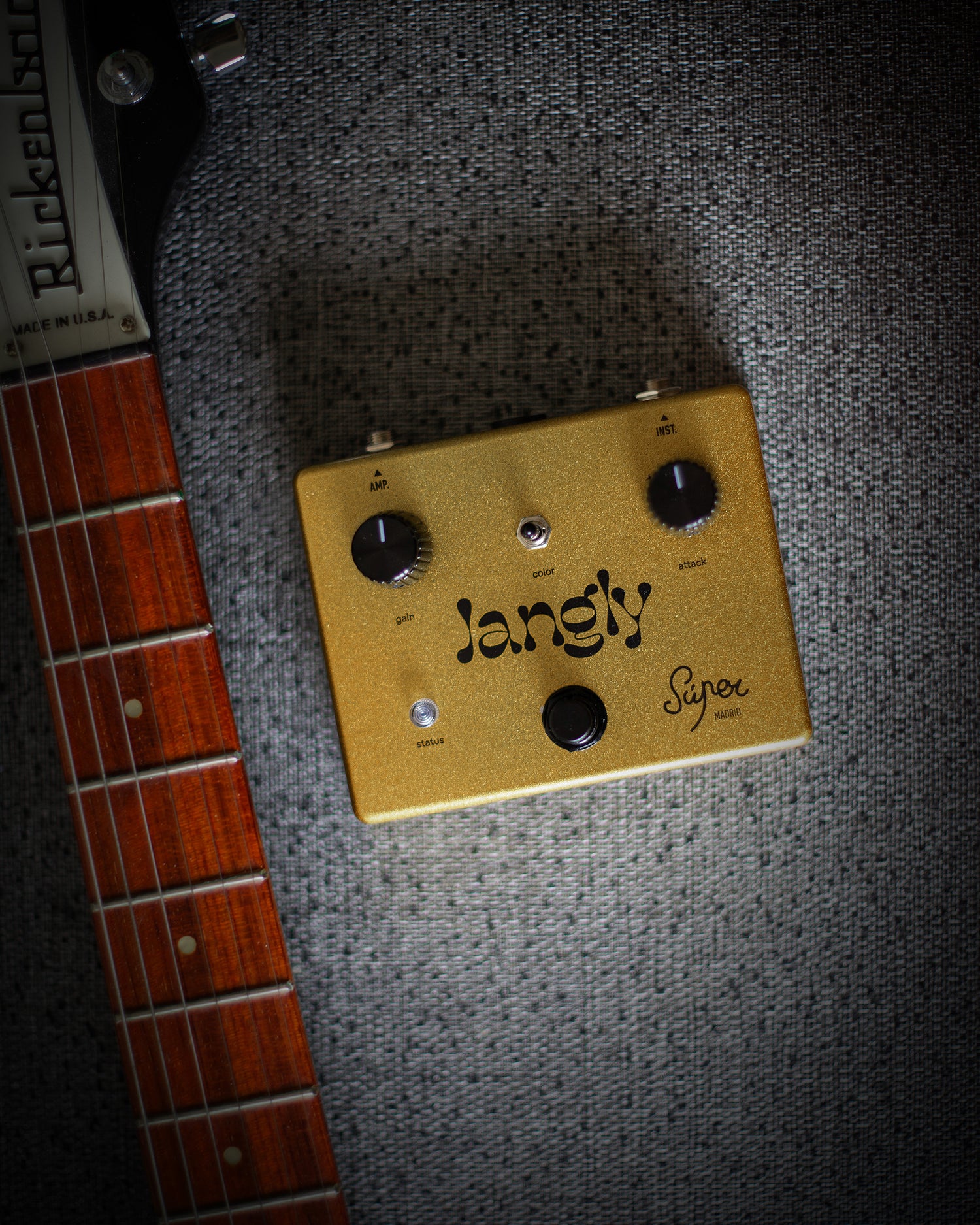Fuzz pedal: Differences between a BC108 and a BC109 silicon transistor
In a fuzz pedal, the choice between the BC108 and BC109 silicon transistors can also have a subtle impact on the character of the sound, although the differences might not be evident to all listeners. Here's how they might influence the sound:
1. Sound and Gain:
- BC108: This transistor is widely known and used in classic fuzz circuits. It's found in many versions of the famous Fuzz Face from the late '60s and '70s. It delivers an aggressive, raw, and saturated sound, characteristic of fuzz, with slightly higher gain and a more unpredictable behavior. The higher noise level in the BC108 is usually not an issue in this context since fuzz itself generates a type of distortion that tends to mask the inherent noise of the transistor.
- BC109: Being a low-noise transistor, the BC109 can provide a slightly cleaner and more focused signal, though it still works great in fuzz circuits. It might be more suitable for those looking for a fuzz that's a bit more controlled and smooth, although the difference in a fuzz pedal's distortion context might be minimal.
2. Tone:
- With the BC108, the tone tends to be a bit more aggressive, with a raw character that favors dirtiness, ideal for styles like rock or garage.
- The BC109 can produce a slightly cleaner fuzz with fewer unwanted noises, which might be preferred by those seeking a more refined or less chaotic tone in certain contexts.
3. Historical Preferences:
- The BC108 is the classic transistor used in many iconic fuzz pedals, so if you're looking to recreate an authentic vintage tone, this transistor is usually the go-to choice.
- The BC109, while less common in fuzz, has also been used in some versions to achieve a more stable and interference-free sound.
4. Difference in a Fuzz Context:
Since fuzz is an effect that massively distorts and amplifies the signal, the differences between these transistors may be less noticeable than in other applications (such as a clean preamp). However, some more discerning guitarists or tone purists may notice that the BC109 sounds a bit more controlled with less background noise than the BC108, although both deliver the classic saturation expected from a fuzz pedal.
Conclusion:
If you're aiming to replicate the classic, more aggressive tone of fuzz pedals from the '60s and '70s, the BC108 is the most logical choice. If you prefer a fuzz with a slightly cleaner and more stable touch, the BC109 could be an interesting option, though the difference may not be that pronounced for most users in a fuzz pedal.



